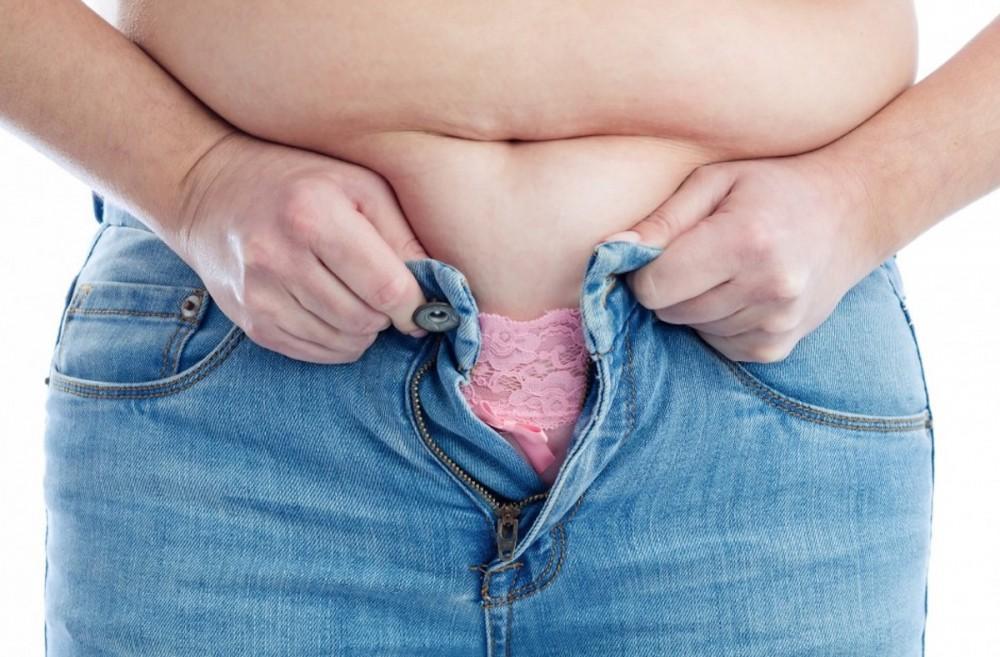Contents
Introduction
In an era where fitness and well-being are paramount, achieving and maintaining a healthy body fat percentage has become a key focus for individuals seeking to optimize their physical health and appearance. Body fat percentage, a crucial metric in assessing one’s overall fitness, not only affects aesthetics but also plays a pivotal role in determining an individual’s susceptibility to various health conditions. This comprehensive guide is designed to equip you with the knowledge and strategies necessary to embark on a successful journey towards lowering your body fat percentage.
Importance of Maintaining a Healthy Body Fat Percentage
Understanding the significance of maintaining a healthy body fat percentage is the first step toward achieving your fitness goals. Excessive body fat not only impacts your physical appearance but can also lead to a host of health issues, including heart disease, diabetes, and metabolic disorders. Conversely, having too little body fat can also be detrimental, causing hormonal imbalances and compromising vital bodily functions. Striking the right balance is essential for overall well-being.
Understanding Body Fat Percentage
Before diving into the strategies to reduce body fat percentage, it’s imperative to grasp the concept of body fat percentage itself. Body fat percentage is the proportion of your total body weight that consists of fat tissue. It is a more accurate indicator of your fitness level than just your overall body weight. Knowing your body fat percentage allows you to set realistic goals, track your progress accurately, and tailor your fitness and nutrition plans to achieve optimal results.

Setting Realistic Goals
Success on your journey to lower body fat percentage starts with setting clear and achievable goals. These goals should be specific, measurable, and personalized to your unique circumstances and desires. Whether you’re aiming to shed excess weight for health reasons, enhance athletic performance, or sculpt a leaner physique, defining your objectives and establishing a timeframe will serve as your roadmap to success.
In the following sections, we will delve into the various methods for assessing your current body fat percentage, explore nutrition strategies to create a caloric deficit and maintain a balanced diet, discuss effective exercise routines, delve into lifestyle factors that can impact your fat loss journey, and cover supplements, medications, and tracking techniques. We will equip you with the knowledge and tools necessary to not only lower your body fat percentage but also to lead a healthier and more fulfilling life.
Now, let’s embark on this transformative journey towards a healthier, fitter, and more confident version of yourself by exploring the comprehensive strategies for lowering your body fat percentage.
Assessing Your Current Body Fat Percentage
Understanding your starting point is crucial when embarking on a journey to lower your body fat percentage. Before implementing any fat loss strategies, you need to accurately determine your current body fat percentage. This assessment provides a baseline measurement that will allow you to track your progress effectively and make informed decisions about your fitness and nutrition plans.
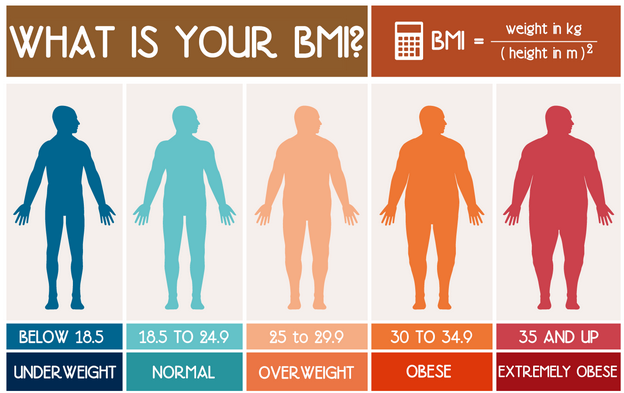
Body Fat Measurement Methods
There are several methods available for assessing body fat percentage, each with its own level of accuracy and ease of use. Here are some of the most common methods:
Skinfold Calipers: This method involves measuring the thickness of skinfolds at various sites on your body, typically on the triceps, abdomen, and thigh. Skinfold calipers estimate body fat by taking skinfold measurements and using a formula to calculate body fat percentage.
Bioelectrical Impedance Analysis (BIA): BIA devices pass a low-level electrical current through your body and measure how quickly it travels through different tissues. This method estimates body fat based on the principle that fat conducts electricity differently than muscle and other tissues.
Dual-Energy X-ray Absorptiometry (DXA): DXA scans use X-ray technology to provide a highly accurate measurement of body fat percentage. It can also provide information on bone density and lean muscle mass.
Bod Pod: The Bod Pod is an air displacement plethysmography system that measures body composition by calculating the amount of air displaced when you sit inside the chamber. It’s a non-invasive method and is often used in research settings.
Determining Your Baseline Body Fat Percentage
Once you’ve selected a method for measuring your body fat percentage, follow the instructions carefully to obtain an accurate measurement. Keep in mind that these methods may have variations in accuracy, so it’s essential to choose one that suits your needs and is accessible to you.

Tracking Progress Over Time
After obtaining your baseline body fat percentage, it’s crucial to establish a systematic way to track your progress. Regularly monitoring your body fat percentage will help you assess the effectiveness of your fat loss strategies and make adjustments as needed. You can track your progress using the same method you used for your initial assessment or by using a combination of methods for a more comprehensive view.
In the upcoming sections, we will explore nutrition strategies, effective exercise routines, lifestyle factors, supplements, medications, and tracking techniques in detail. Armed with a clear understanding of your current body fat percentage, you’ll be better prepared to implement the strategies necessary to achieve your fat loss goals. Remember that this journey is not only about reaching a specific percentage but also about improving your overall health and well-being.
Now that you’ve assessed your starting point let’s move forward in this guide to discover how to create a personalized plan for lowering your body fat percentage effectively and sustainably.
Nutrition
The role of nutrition in lowering your body fat percentage cannot be overstated. Your dietary choices have a profound impact on your energy balance, metabolism, and overall body composition. In this section, we’ll explore the key principles and strategies for optimizing your nutrition to create a caloric deficit and achieve your fat loss goals.
Caloric Deficit
Calculating Your Daily Caloric Needs: Understanding your maintenance calories—the number of calories your body needs to maintain its current weight—is the first step in creating a caloric deficit. Various online calculators and equations, like the Harris-Benedict equation, can estimate your maintenance calories based on factors such as age, gender, weight, height, and activity level.
Creating a Calorie Deficit: To lower your body fat percentage, you need to consume fewer calories than your body expends. A caloric deficit of 500 to 1000 calories per day is often recommended for gradual and sustainable fat loss. Be cautious not to exceed a 20–25% caloric deficit, as extreme deficits can negatively impact your metabolism and muscle mass.

Balanced Diet
Importance of Macronutrients (Proteins, Carbohydrates, Fats): A balanced diet comprises three primary macronutrients, each with a specific role:
Proteins: Essential for muscle preservation and repair.
Carbohydrates: Provide energy for workouts and daily activities.
Fats: Play a vital role in hormone regulation and overall health.
Meal Planning and Portion Control: Developing a meal plan that aligns with your caloric goals and macronutrient ratios is essential. Use tools like food scales or portion control containers to manage your serving sizes effectively.
Whole Foods vs. Processed Foods: Prioritize whole, unprocessed foods rich in nutrients and fiber. These foods not only support fat loss but also promote overall health and satiety.
Specific Dietary Strategies
High-Intensity Interval Fasting (IF): Intermittent fasting has gained popularity for its potential fat loss benefits. It involves cycling between periods of eating and fasting. Different methods, such as the 16/8 or 5:2 approach, can be effective for some individuals.
Low-Carb vs. Low-Fat Diets: While both low-carb and low-fat diets can lead to fat loss, choosing the right approach for you depends on your preferences and how your body responds. Experimenting with different dietary approaches may help you find the most sustainable one.
Importance of Fiber: Including fiber-rich foods like fruits, vegetables, and whole grains in your diet can aid in satiety, regulate blood sugar levels, and support healthy digestion.
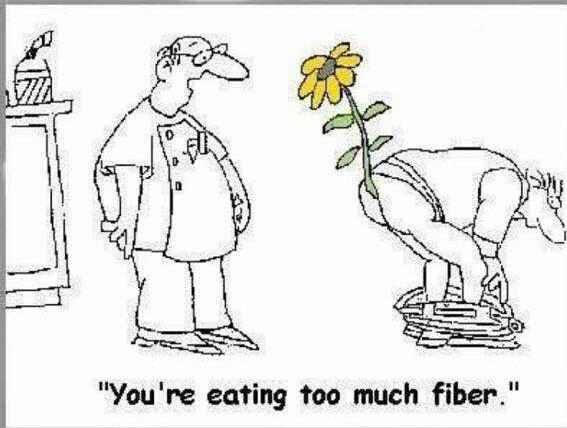
Hydration and Its Role in Fat Loss
Staying properly hydrated is often overlooked but critical for fat loss. Water plays a role in various metabolic processes, and dehydration can slow down your metabolism. Aim to consume an adequate amount of water throughout the day to support your fat loss efforts.
In the upcoming sections, we will explore exercise routines, lifestyle factors, supplements, medications, tracking techniques, and motivation strategies to help you lower your body fat percentage effectively. Remember that nutrition is the foundation of your journey, and making informed dietary choices is key to achieving your fat loss goals while maintaining your overall health.
Now, let’s dive deeper into the world of exercise and learn how to complement your nutrition with effective workouts for fat loss.
Exercise
Exercise is a cornerstone of any successful strategy to lower your body fat percentage. It helps burn calories, build lean muscle mass, and improve overall fitness. In this section, we’ll explore various aspects of exercise, including cardiovascular workouts, strength training, and high-intensity interval training (HIIT).
Cardiovascular Exercise
Types of Cardio Workouts: Cardiovascular exercise, often referred to as cardio, includes a wide range of activities that elevate your heart rate and increase calorie expenditure. Popular options include:
Running: An effective way to burn calories and improve cardiovascular fitness.
Cycling: Low-impact and suitable for all fitness levels.
Swimming: A full-body workout that is easy on the joints.
Frequency, Duration, and Intensity: To optimize fat loss, aim for at least 150 minutes of moderate-intensity cardio or 75 minutes of vigorous-intensity cardio per week, as recommended by health guidelines. Gradually increase both the duration and intensity of your workouts as your fitness improves.
Strength Training
Benefits of Building Muscle: Strength training is a critical component of any fat loss program because it helps preserve and build lean muscle mass. Muscle tissue burns more calories at rest than fat, contributing to an increased resting metabolic rate.
Types of Resistance Training: Strength training can take various forms, including weightlifting with dumbbells or barbells, bodyweight exercises like push-ups and squats, and the use of resistance bands or machines.
Creating a Well-Rounded Strength Training Program: A well-designed strength training program should target all major muscle groups, ensuring balanced muscle development and reducing the risk of injuries.

High-Intensity Interval Training (HIIT)
How HIIT Can Accelerate Fat Loss: HIIT is a highly effective workout strategy that involves short bursts of intense exercise followed by brief rest or lower-intensity periods. It has been shown to boost metabolism, increase fat oxidation, and improve cardiovascular fitness.
Sample HIIT Workouts: HIIT workouts can be customized to your fitness level and preferences. Sample workouts may include Tabata intervals, sprint intervals, or circuit training routines.
Incorporating a combination of cardiovascular exercise, strength training, and HIIT into your fitness routine can provide a well-rounded approach to fat loss. Keep in mind that consistency is key, and it’s essential to find activities you enjoy to stay motivated on your fitness journey.
In the upcoming sections, we will explore lifestyle factors that can impact your fat loss efforts, such as sleep, stress management, and alcohol consumption. Additionally, we will discuss how to track your progress and make necessary adjustments to your plan. Remember that exercise complements your nutrition and plays a vital role in achieving and maintaining a healthy body fat percentage.
Now, let’s delve deeper into the aspects of your lifestyle that can influence your fat loss journey and learn how to optimize them for better results.
Lifestyle Factors
Your lifestyle choices have a significant impact on your ability to lower your body fat percentage. Factors such as sleep, stress management, alcohol consumption, and consistency play critical roles in achieving and maintaining your fat loss goals. In this section, we’ll explore how these factors influence your journey to a healthier body.
Sleep
Importance of Adequate Sleep: Quality sleep is essential for overall health and plays a vital role in fat loss. Lack of sleep can disrupt hormone regulation, increase appetite, and impair decision-making, making it more challenging to adhere to a healthy diet.
Effects of Sleep Deprivation on Body Fat Percentage: Chronic sleep deprivation has been linked to increased body fat, especially around the abdominal area. Aim for 7-9 hours of quality sleep per night to support your fat loss efforts.
Stress Management
Cortisol and Its Impact on Fat Storage: Chronic stress triggers the release of cortisol, a hormone that can lead to increased fat storage, particularly in the abdominal area. Employ stress management techniques to mitigate its effects.
Relaxation Techniques (Meditation, Yoga): Practices such as meditation, yoga, and deep breathing exercises can help reduce stress levels and improve your ability to cope with life’s challenges.
Alcohol and Its Impact on Fat Loss
Understanding Alcohol’s Role: While moderate alcohol consumption may fit within your lifestyle, it’s essential to be mindful of its impact on your fat loss goals. Alcohol is calorie-dense and can lower inhibitions, leading to poor dietary choices.

Consistency and Patience: Consistency is the key to long-term success in lowering body fat percentage. Understand that progress may not always be linear, and there may be plateaus or setbacks along the way. Stay patient and committed to your goals.
By addressing these lifestyle factors, you can create an environment conducive to fat loss. Quality sleep, effective stress management, mindful alcohol consumption, and unwavering consistency can significantly improve your chances of achieving and maintaining a healthier body fat percentage.
In the upcoming sections, we will delve into supplements, medications, and strategies for tracking your progress and making necessary adjustments to your plan. Keep in mind that lifestyle factors are intertwined with your nutrition and exercise routines, and optimizing them will further enhance your fat loss journey.
Now, let’s explore additional tools and techniques that can support your efforts to lower your body fat percentage and improve your overall health.
Supplements and Medications
While nutrition and exercise are the primary pillars of fat loss, supplements and medications can sometimes provide additional support or help overcome specific challenges. It’s important to approach these options with caution and under the guidance of healthcare professionals.
Overview of Fat-Burning Supplements
Caffeine: Caffeine is a common ingredient in fat-burning supplements due to its ability to boost metabolism and increase energy levels. It may also enhance fat oxidation during exercise.
Green Tea Extract: Green tea extract contains compounds called catechins, which have been associated with increased fat burning and improved metabolic health.
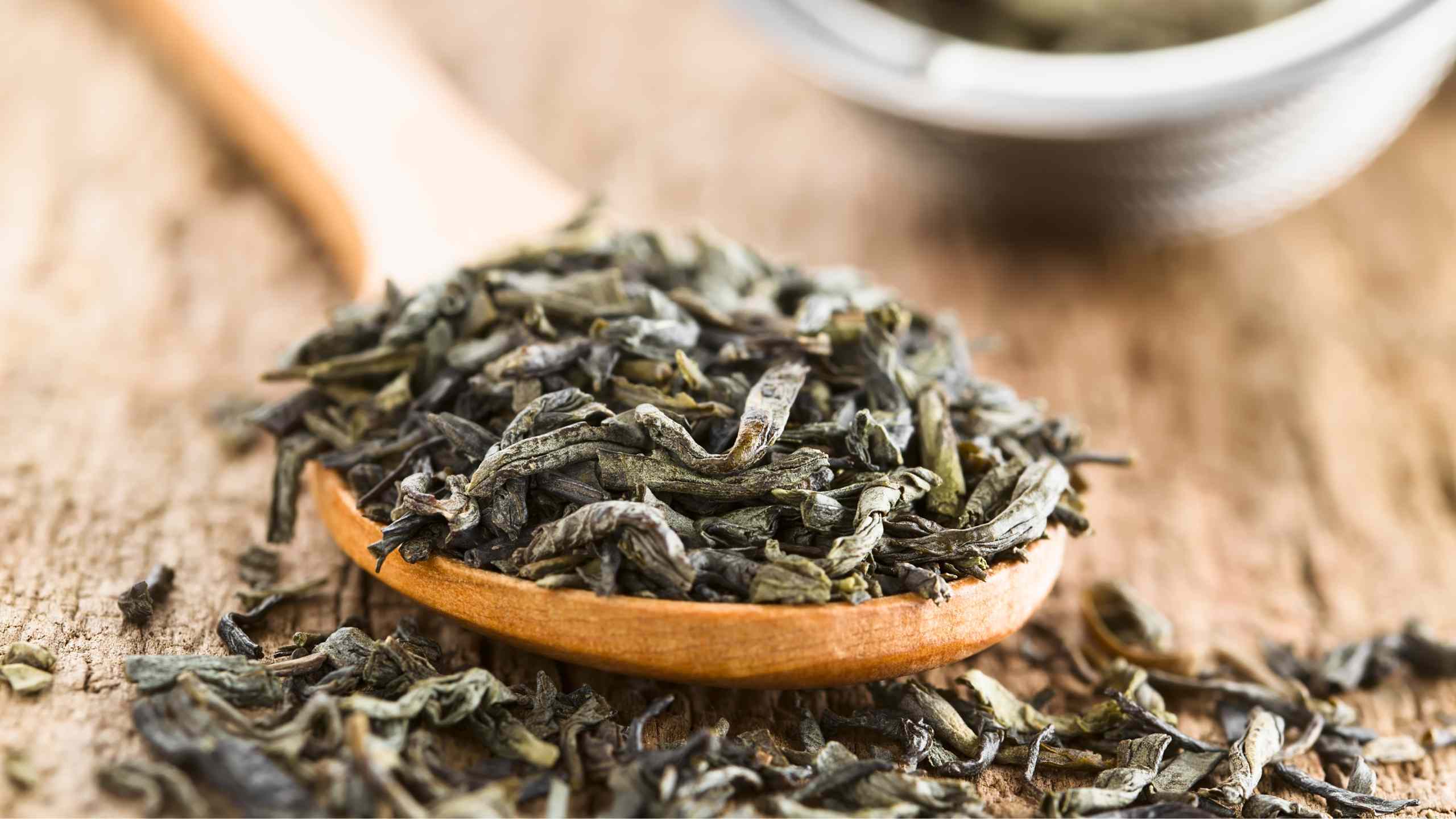
CLA (Conjugated Linoleic Acid): CLA is a fatty acid found in meat and dairy products. Some studies suggest that CLA supplements may help reduce body fat while preserving lean muscle mass.
Prescription Medications for Weight Management
Consultation with Healthcare Professionals: Prescription medications for weight management should only be considered after consulting with a healthcare provider. These medications are typically reserved for individuals with obesity or weight-related health issues.
Common Prescription Medications: Medications like Orlistat, Phentermine, and Buproprion/Naltrexone may be prescribed to assist with weight loss. They work through different mechanisms, such as reducing fat absorption or suppressing appetite.
Potential Side Effects: It’s important to be aware of potential side effects and risks associated with prescription medications. Your healthcare provider will discuss these factors with you before prescribing any medication.
While supplements and medications can play a role in a fat loss journey, they should never be a substitute for a balanced diet and regular exercise. It’s crucial to prioritize lifestyle modifications and only consider supplements and medications under professional guidance.
In the upcoming sections, we will explore how to track your progress effectively, make necessary adjustments to your plan, and stay motivated throughout your fat loss journey. Remember that achieving a healthy body fat percentage is not just about losing weight; it’s about improving your overall health and well-being.
Now, let’s continue our exploration of tools and techniques to support your efforts in lowering your body fat percentage.
Tracking and Adjusting Your Plan
Tracking your progress and making necessary adjustments to your fat loss plan are essential components of a successful journey to lower your body fat percentage. In this section, we’ll explore how to monitor your progress, make changes as needed, and overcome common challenges.
Regularly Monitoring Your Progress
Selecting a Measurement Method: Choose a reliable method for tracking your progress, such as body measurements, photos, or regular body fat percentage assessments. Consistency in your chosen method is key.
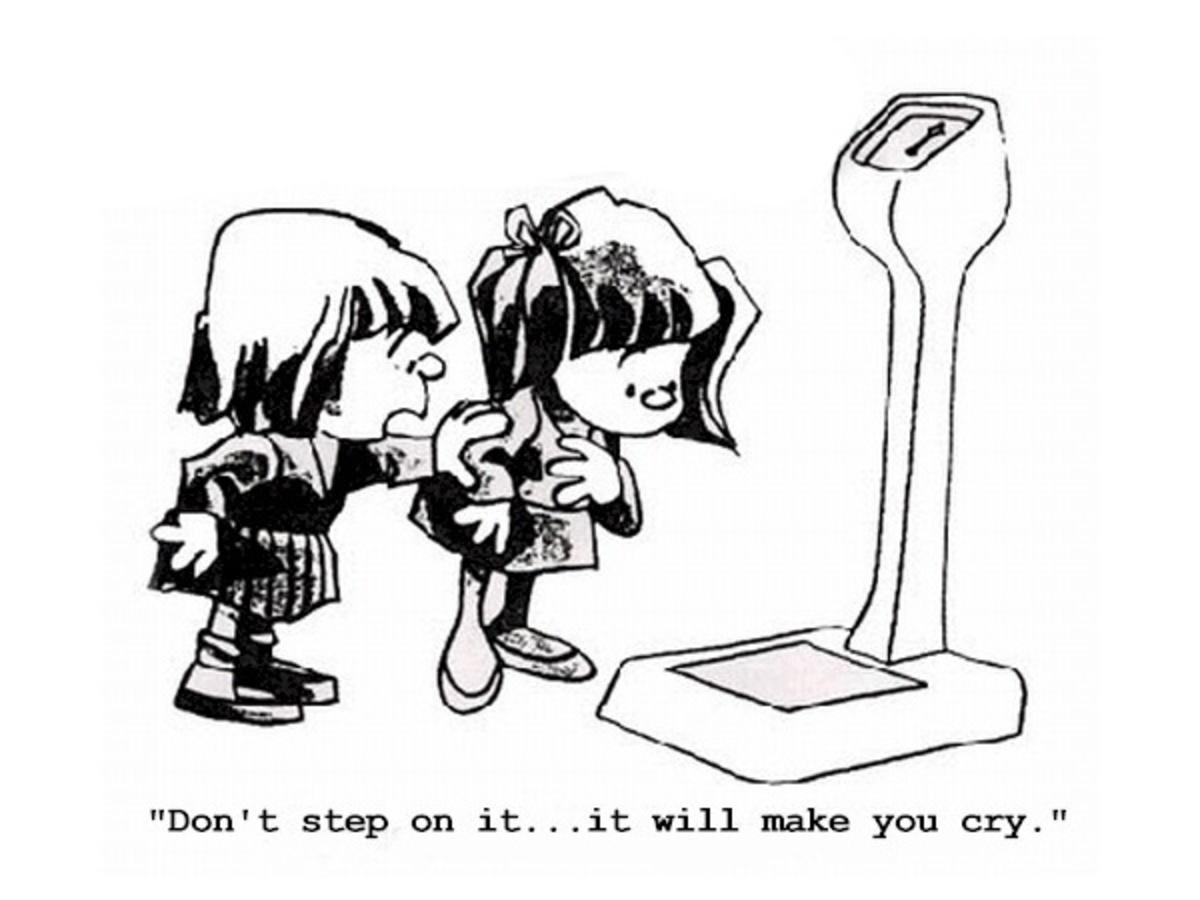
Establishing a Tracking Schedule: Set a regular schedule for assessing your progress. Weekly or monthly assessments can help you stay accountable and make timely adjustments.
Making Adjustments as Needed
Plateau Busting Strategies: Plateaus, where your progress stalls, are common in any fat loss journey. To break through plateaus, consider:
Adjusting your caloric intake: Slightly decrease or increase your daily calorie consumption.
Changing your workout routine: Vary exercise intensity, duration, or type.
Adding variety to your diet: Include new foods and recipes to prevent boredom.
Avoiding Overtraining: While exercise is crucial, excessive training can lead to burnout and hinder your progress. Pay attention to signs of overtraining, such as fatigue, irritability, and decreased performance. Incorporate rest days into your workout schedule.
The Role of Cheat Meals
Strategic Indulgence: Occasional cheat meals can be part of a balanced approach to fat loss. These meals can help satisfy cravings and provide a mental break, but they should be planned and not derail your overall progress.
Mindful Consumption: When enjoying a cheat meal, practice portion control and mindful eating to prevent excessive calorie intake.

Staying committed to monitoring your progress and making necessary adjustments will ensure that you continue to make strides toward your fat loss goals. Keep in mind that fat loss is not always linear, and there will be periods of rapid progress as well as plateaus.
In the upcoming sections, we will explore strategies for staying motivated and overcoming challenges, such as finding social support, setting milestones and rewards, and dealing with setbacks. Remember that your fat loss journey is a marathon, not a sprint, and consistency is the key to long-term success.
Staying Motivated and Overcoming Challenges
Maintaining motivation and overcoming challenges are vital aspects of your journey to lower your body fat percentage. In this section, we’ll explore various strategies to help you stay on track and overcome obstacles along the way.
Finding Social Support
Accountability Partners: Enlist the support of friends, family members, or workout buddies who share your goals. Having someone to hold you accountable can significantly boost your motivation.
Joining Fitness Communities: Consider joining online or local fitness communities, where you can connect with like-minded individuals, share experiences, and gain valuable insights and support.
Setting Milestones and Rewards
Defining Milestones: Break your fat loss journey into smaller, achievable milestones. Celebrate each milestone you reach, whether it’s a certain percentage of body fat lost or a fitness achievement.
Rewarding Yourself: Treat yourself to non-food rewards when you meet your milestones. This can be anything from a new workout outfit to a spa day. Rewards can help keep you motivated and focused.
Dealing with Plateaus and Setbacks
Expecting Plateaus: Recognize that plateaus are a natural part of any fat loss journey. They can be frustrating but are an opportunity for learning and growth.
Analyzing Setbacks: When setbacks occur, take a constructive approach. Identify the causes, whether they are dietary, exercise-related, or due to lifestyle factors, and adjust your plan accordingly.
Adopting a Growth Mindset: Embrace a growth mindset, understanding that setbacks are temporary and that you can continue progressing with determination and resilience.

Long-Term Maintenance
Sustainable Habits: As you approach your target body fat percentage, focus on transitioning to sustainable habits that you can maintain for the long term. This includes a balanced diet and a consistent exercise routine.
Continued Goal Setting: Set new fitness goals beyond just lowering your body fat percentage. Whether it’s achieving a specific fitness level, participating in a race, or mastering a new exercise, having ongoing goals keeps you engaged and motivated.
Regular Assessments: Continue to monitor your body fat percentage and overall health even after reaching your initial goals. This will help you stay accountable and make adjustments as needed.
Remember that your fat loss journey is not just about reaching a specific body fat percentage; it’s about improving your overall health and well-being. Stay committed to your goals, stay patient, and recognize that setbacks are a part of the process. By implementing these strategies and maintaining a positive mindset, you’ll increase your chances of long-term success.
Now, with a strong foundation of knowledge and motivation, you’re well-prepared to continue your journey towards a healthier body and a lower body fat percentage. Keep moving forward, and remember that your efforts are an investment in your well-being and vitality.
Conclusion
As we conclude this comprehensive guide on how to lower your body fat percentage, it’s essential to reflect on the valuable knowledge and strategies you’ve gained to embark on your journey to better health and a leaner physique.
Recap of Key Points
You’ve learned about the importance of maintaining a healthy body fat percentage, not only for aesthetics but for overall well-being and the prevention of various health conditions.
Understanding body fat percentage and how to assess it accurately is a crucial first step in your journey. You’re now equipped with knowledge about measurement methods and the significance of tracking your progress.

Nutrition plays a pivotal role in fat loss, and you’ve gained insights into creating a caloric deficit, maintaining a balanced diet, and adopting specific dietary strategies to support your goals.
Exercise is another key component, and you’ve explored various forms, including cardiovascular workouts, strength training, and high-intensity interval training (HIIT).
Lifestyle factors such as sleep, stress management, and alcohol consumption have been discussed, highlighting their impact on your fat loss efforts.
You’ve gained knowledge about supplements and medications and the importance of consulting healthcare professionals when considering their use.
Tracking your progress, making adjustments as needed, and staying motivated and resilient are crucial elements of your journey.
Emphasizing the Health Benefits of Reducing Body Fat Percentage
While achieving a lower body fat percentage can lead to improved aesthetics and increased confidence, it’s important to remember that the health benefits extend far beyond appearance. Reducing body fat percentage can reduce the risk of chronic diseases, improve metabolic health, enhance overall fitness, and contribute to a longer, healthier life.
Encouragement to Start Your Journey towards a Healthier Body
Now that you have a comprehensive understanding of the strategies and tools at your disposal, it’s time to take action. Your journey to lower body fat percentage is not just about reaching a numerical goal; it’s about embracing a healthier and more vibrant life.
As you embark on this transformative journey, remember that progress may not always be linear, and there may be challenges along the way. Stay patient, stay committed, and use the knowledge and support you’ve acquired to make informed choices.
Surround yourself with a community of individuals who share your goals and can provide motivation and encouragement. Celebrate your successes, no matter how small, and use setbacks as opportunities for growth.
Your health and well-being are worth the effort, and by following the principles outlined in this guide, you have the tools to achieve and maintain a healthier body fat percentage for years to come.
Now, take that first step towards a healthier, more confident, and more vibrant you. Your journey awaits, and the possibilities are limitless.
